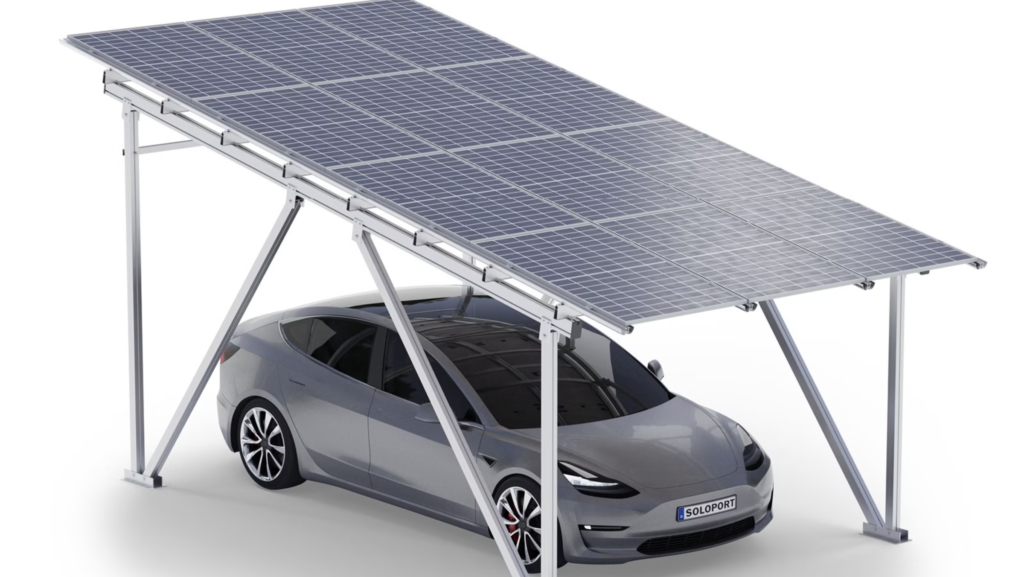Key Considerations for Selecting Renovation and Repair Technologies for Solar Panels
When it comes to extending the lifespan and restoring the performance of aging or damaged solar panels, selecting the appropriate renovation and repair technologies is crucial. Here are the essential points to consider when choosing these technologies:
- Assessment of Damage Severity:
Begin by thoroughly assessing the extent and type of damage to the solar panels. Minor surface damage, such as scratches or small cracks, may be repairable using specialized coatings or resins. For more severe damage, such as broken cells or extensive delamination, more invasive repair methods or even component replacement may be necessary. - Compatibility with Panel Materials:
Ensure that the chosen repair technology is compatible with the materials used in the solar panels. This includes considering the type of glass, encapsulant, and backsheet materials. Incompatible materials can lead to further degradation or reduced performance. - Effectiveness in Performance Restoration:
Evaluate the technology’s ability to restore the panel’s original performance. This includes assessing improvements in energy output, efficiency, and durability. Look for technologies that have been tested and proven to effectively restore panel performance under various environmental conditions. - Long-Term Durability:
Consider the long-term durability of the repair. The repaired panels should be able to withstand environmental stresses, such as UV radiation, temperature fluctuations, and moisture, without significant degradation. Choose technologies that offer long-lasting protection and performance enhancement. - Ease of Application and Safety:
Opt for repair technologies that are easy to apply and safe to use. This includes considering the need for specialized equipment, training, and safety precautions. Technologies that can be applied in the field with minimal disruption to the solar power system are often preferred. - Cost-Effectiveness:
While cost should not be the sole determining factor, it is important to consider the cost-effectiveness of the repair technology. Compare the cost of the repair with the expected benefits, such as extended panel lifespan, improved performance, and reduced replacement costs. Look for technologies that offer a good balance between cost and performance. - Environmental Impact:
Consider the environmental impact of the repair technology. Choose technologies that minimize waste, reduce the use of hazardous materials, and promote sustainability. Technologies that enable the reuse or recycling of damaged components are particularly desirable. - Professional Expertise and Support:
Ensure that there is adequate professional expertise and support available for the chosen repair technology. This includes access to training, technical documentation, and customer support. Technologies that are widely adopted and supported by the solar industry are often more reliable and easier to implement. - Regulatory Compliance:
Verify that the repair technology complies with relevant regulations and standards. This includes safety standards, environmental regulations, and industry-specific guidelines. Using non-compliant technologies can lead to legal issues and potential safety hazards. - Future-Proofing:
Consider the technology’s potential for future upgrades or improvements. As solar panel technology evolves, repair technologies should be adaptable to new materials, designs, and performance requirements. Choosing technologies that offer flexibility and scalability can help ensure the long-term viability of the solar power system.
By carefully considering these factors, you can select the most appropriate renovation and repair technologies for your solar panels, ensuring their optimal performance, longevity, and sustainability.


